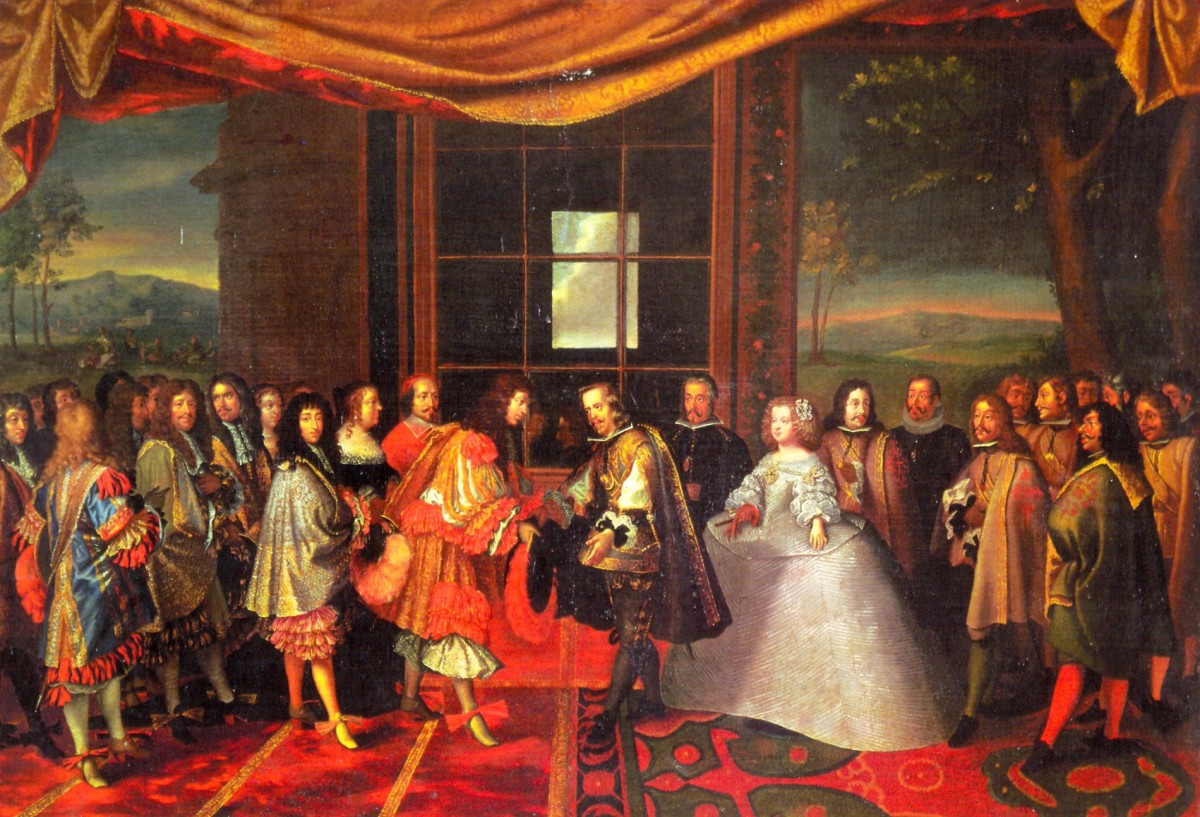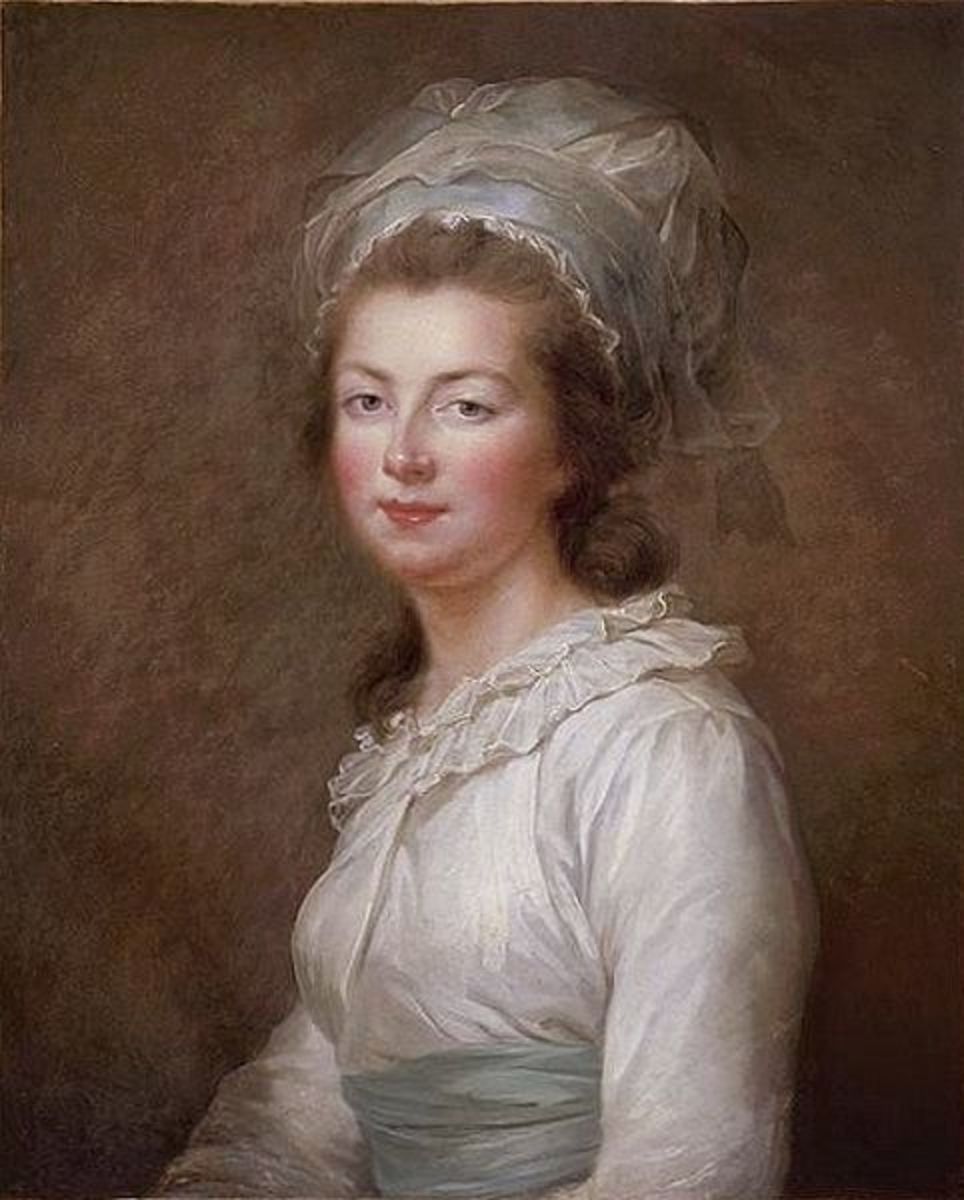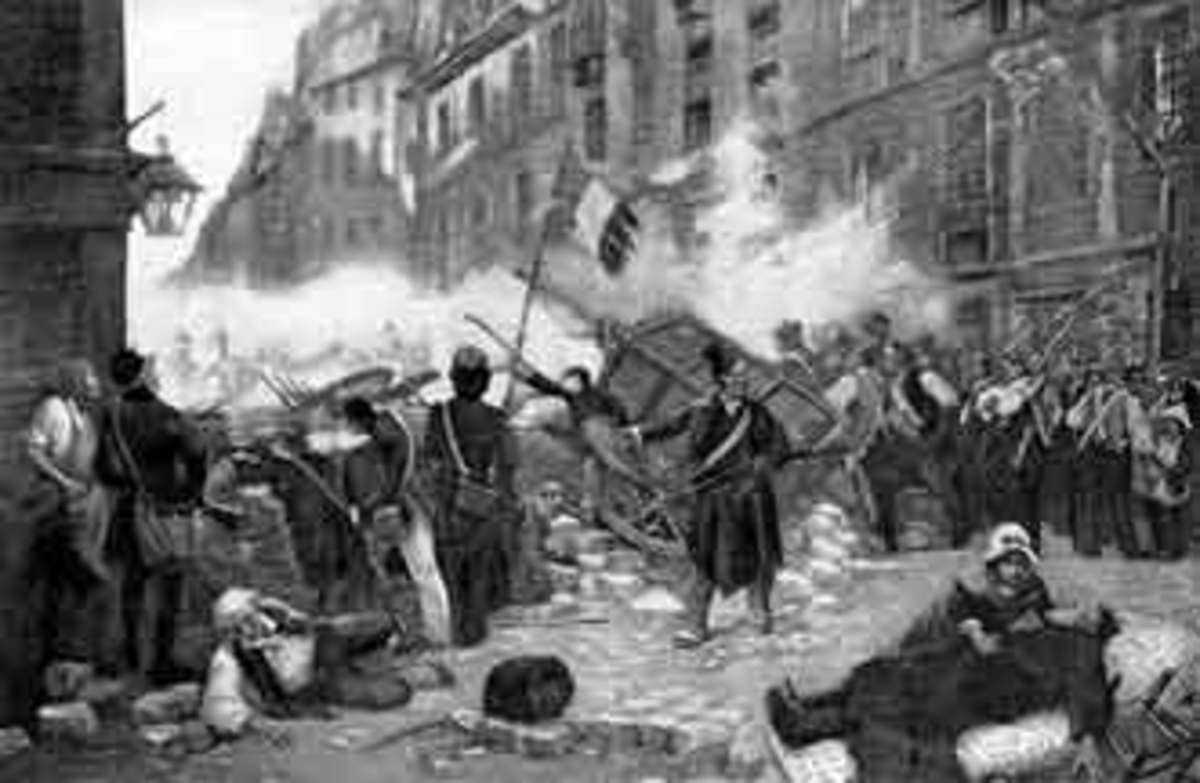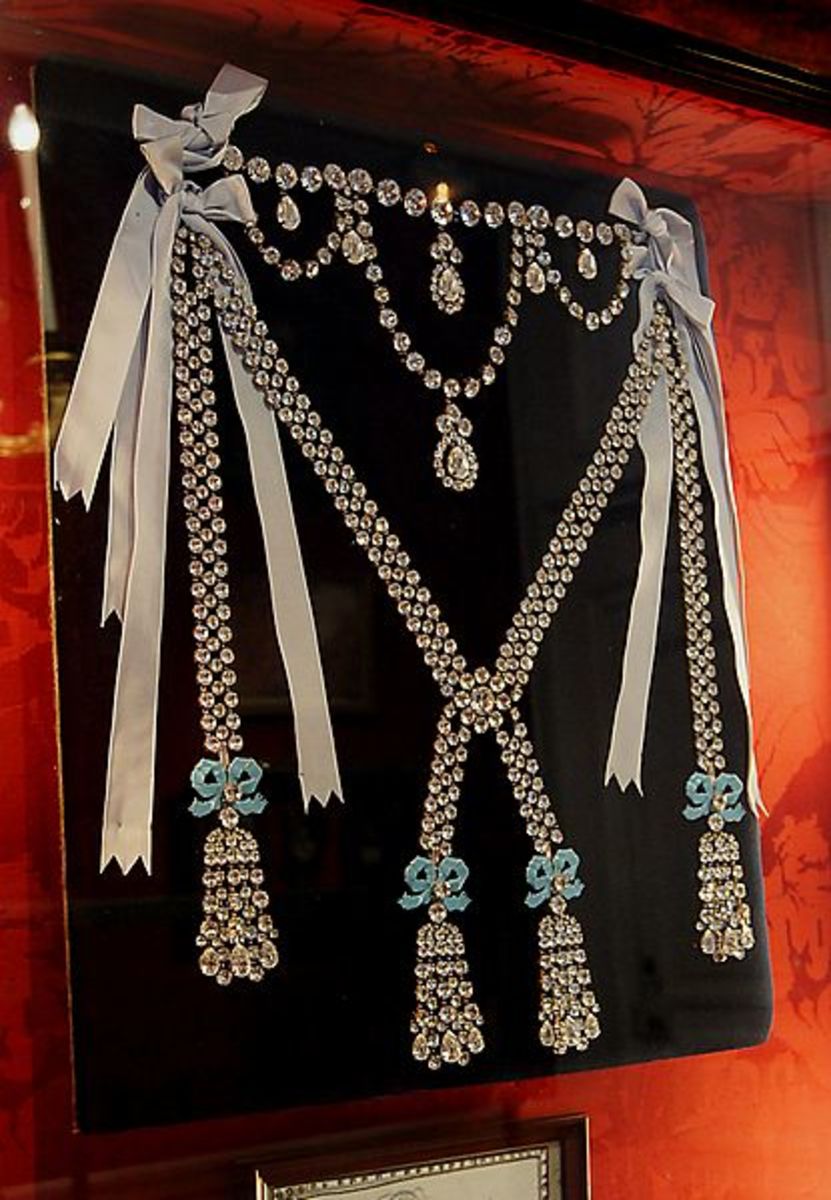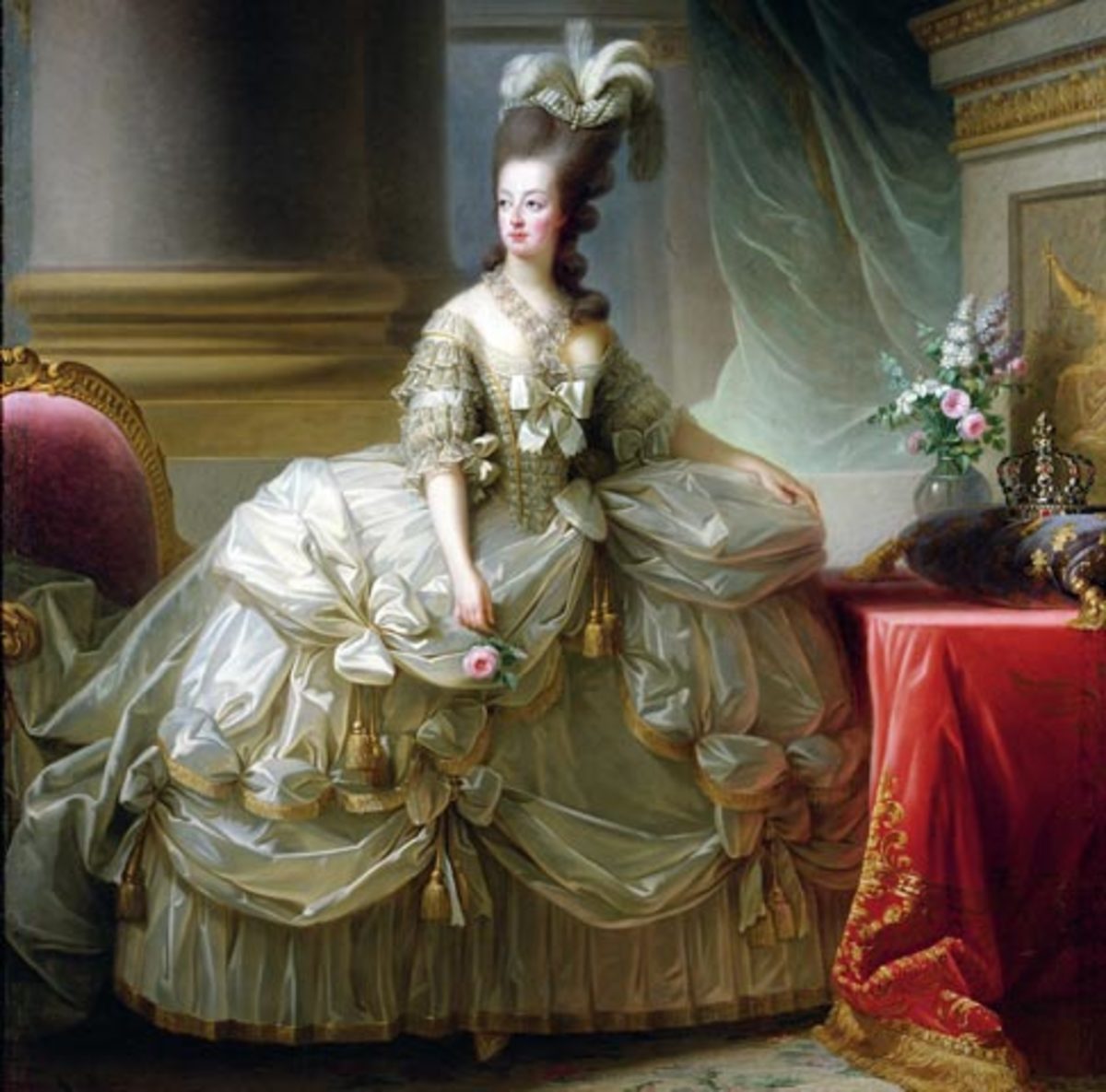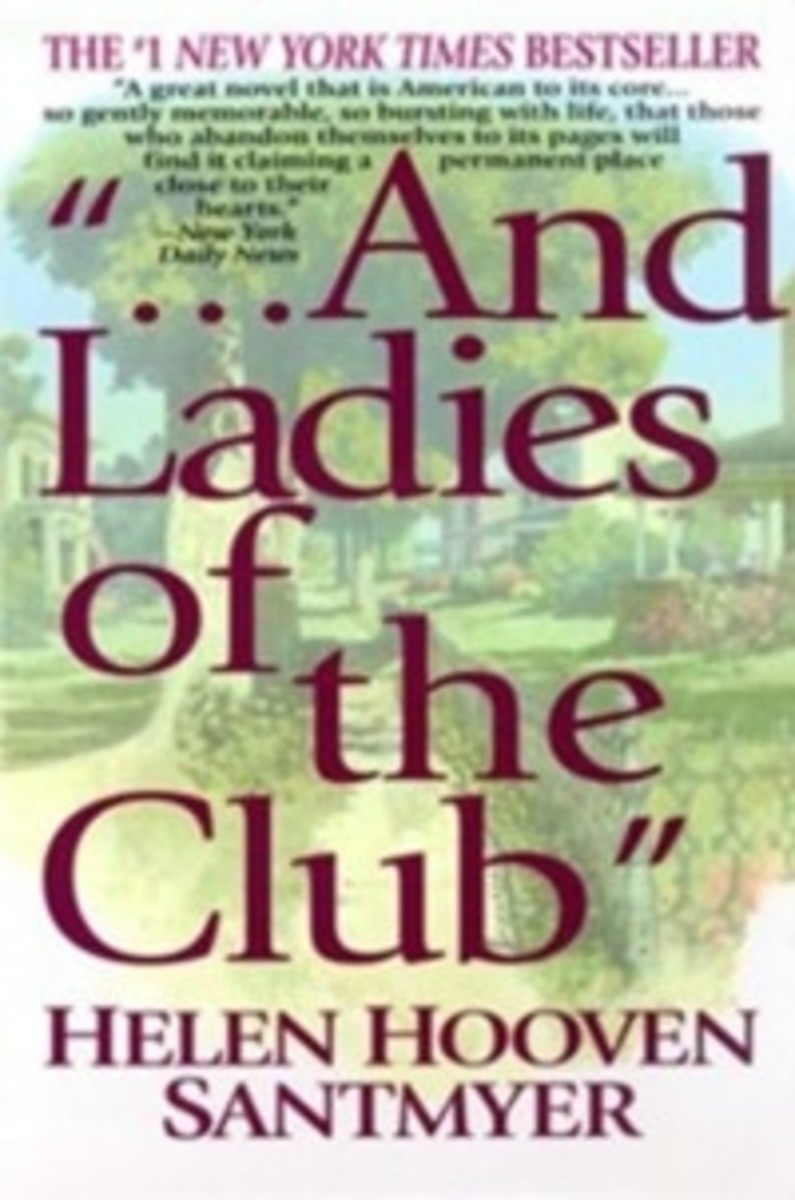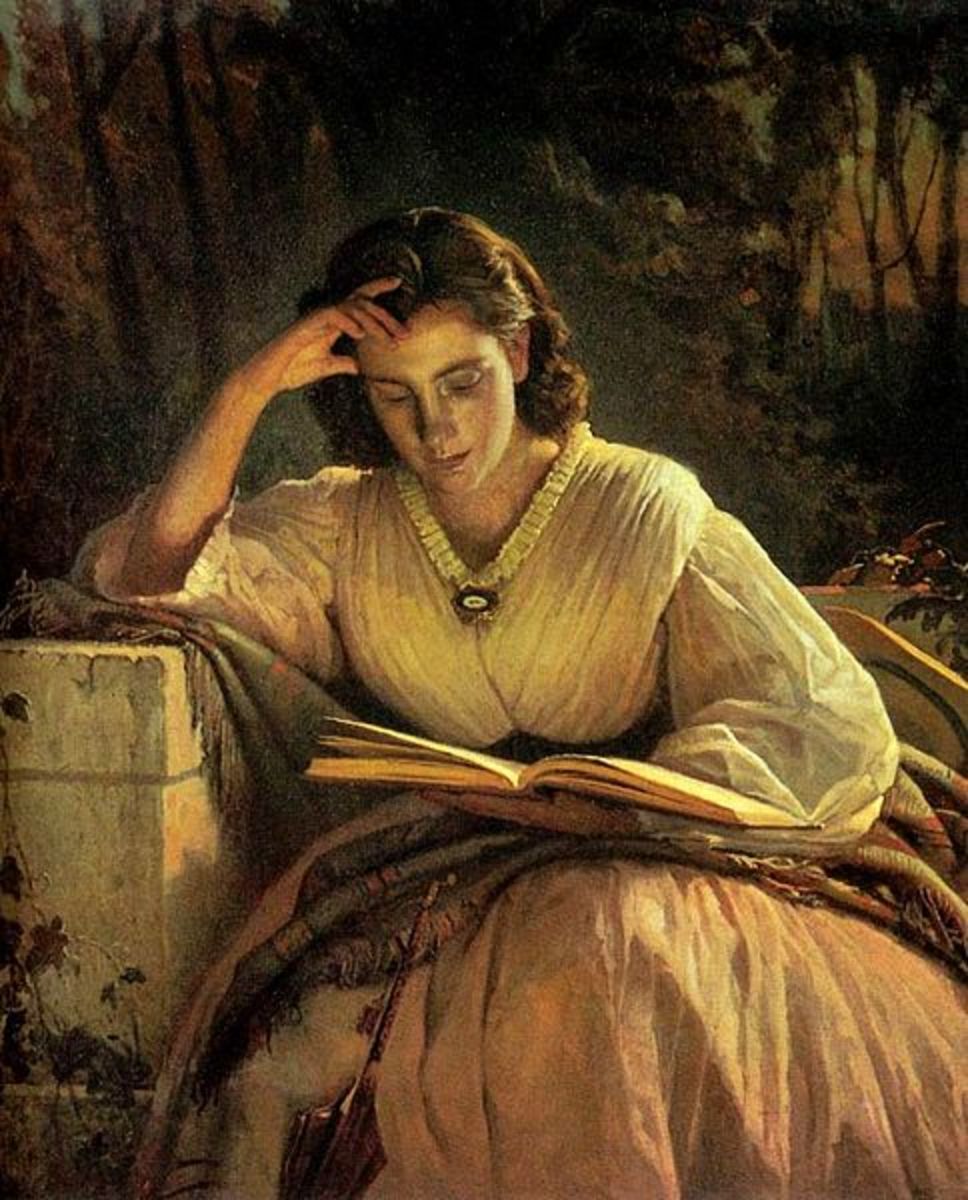All For One- Chapter Eight

8. The Estates General of 1614
Due to his proficiency with a sword, as well as his innate nobility, Athos was soon enlisted in the elite Guard du Corps, the special unitl of the Royal Guards with the important assignment of protecting the King. His commanding officer was Nicolas de l’Hospital, Baron de Vitry, and he spent most of his days at the Louvre. When he left his modest Quarters in the Rue Fèron before his shift on duty, he always passed Saint-Sulpice. It was a thirteenth century Romanesque church, and there were plans to demolish the church in favor of a new large Cathedral. Then he took the Rue des Canettes to the Rue St. André des Arts. He passed by the old ramparts built by Philip Augustus four hundred years prior. Later, the writer Rabelais would say that the wall was so flimsy that it could be easily destroyed by bovine flatulence. Athos then took the Rue Dauphine. Before he reached the great Pont-Neuf, he passed by the Place Dauphine, named after Louis XIII when his father was still alive, with its rustic style of red brick houses. He crossed the wide Pont-Neuf under the shadow of the infamous Tour de Nesle and avoided the usual onslaught of whores, con men and petty thieves. At first, he was a frequent target of these scoundrels, but after he unceremoniously tossed a would-be pickpocket over the ramparts and into the Seine, he was usually left alone on his daily walk across the river. Once on the right bank he turned to the left and walked along the river on the Escolle Saint-Germain and into the Louvre. He took this path every day to the Louvre and every day back from the Louvre. He chose not to ride, but walk whenever he could. He walked past the poor and the degenerate, to remind him of the reality of the world, for when you spend most of your day in a sumptuous palace; it is possible to forget what most Parisians have to face each day. At this time the Louvre was a fraction of what it is in our time. There was no pyramid or Mona Lisa then, for it would not become a museum until many years later. The main part of the Louvre was built around a large courtyard. Walls surrounded that courtyard with turreted corners. Although the Louvre was the seat of the government, it was not the official residence. That was the Palace des Tuileries to the West, so named for the distinctive tiles on the site. The late King Henri built a long edifice connecting the two buildings along the Seine called the Grand Gallery. To the East of the Louvre was the Church of Saint-Germain l’Auxerrois with its old bell “Marie.”
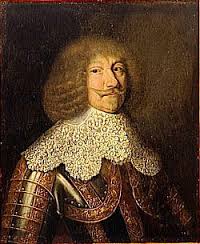
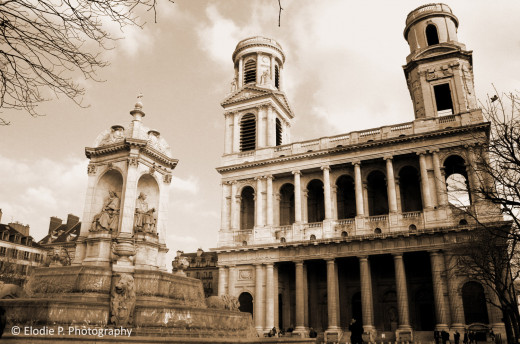
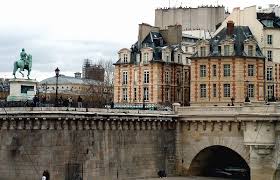
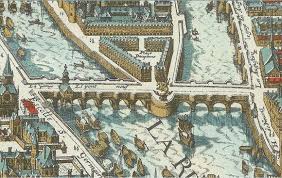
Athos spent much of his time in the Tuileries. Although the very young Louis was the King of France, he did not rule the country. When his father was assassinated, the boy was only nine years old, and by law could not rule the country until he came of age on his thirteenth birthday. Until that time, France was ruled by a Regent—his mother the Queen Marie d’Médicis. The Queen Regent was not French by birth, but rather Italian and Austrian. Her family were the famous Hapsburgs, which boasted rulers in almost every country in Europe. Her father was the Grand Duke of Tuscany, Francesco I, and her mother was Johanna, the Archduchess of Austria. She called the Holy Roman Emperor, Ferdinand I, by the name of grandfather. She was Henri IV’s second wife, after he had his first marriage to Marguerite de Valois annulled. Surprisingly, Marie had great sympathy for the exiled former queen, and successfully lobbied her husband to allow her back into the realm. Unsurprisingly she had no sympathy for the King’s official mistress, Catherine Henriette de Balzac d’Entragues. Marie had the woman banished as soon as she was named Regent. Previously, under Henri IV’s rule, France held a very anti-Hapsburg sentiment in regards to Spain and Austria. However Marie was Hapsburg on her mother’s side and her policies began to support the Hapsburg agenda. She arranged a marriage between her eldest son the future king Louis, with Anne of Austria the daughter of King Philip III of Spain. It was a brilliant match. Anne was the Infanta of Spain and Portugal, Archduchess of Austria, and Princess of Burgundy. She was ten. Marie also arranged for her daughter Elisabeth to be married to Anne’s younger brother Philip—the future King of Spain. Not only were they royal, they were Hapsburgs, and many Frenchmen wondered if the Hapsburg family were going to conquer their country.
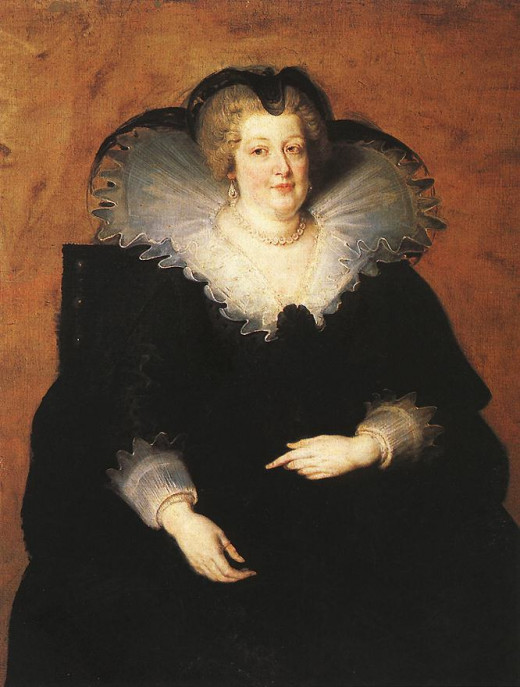
She was not suited for political life, and she had never taken a deep interest in government before her husband was killed. As such she was never a very effective Regent. She was stubborn and not very bright. Although she was very beautiful in her youth, she was growing obese. She hired a brilliant young artist to be her official painter. Peter Paul Rubens had an uncommon skill in depicting the beauty in women, particularly women who were ample in the hips. The type of women he painted would many years later be referred to as “Rubenesque” and Ruben’s painting would fill the Palais du Luxembourg, which Marie was having constructed. Athos grew friendly with the painter and regarded him as a friend.
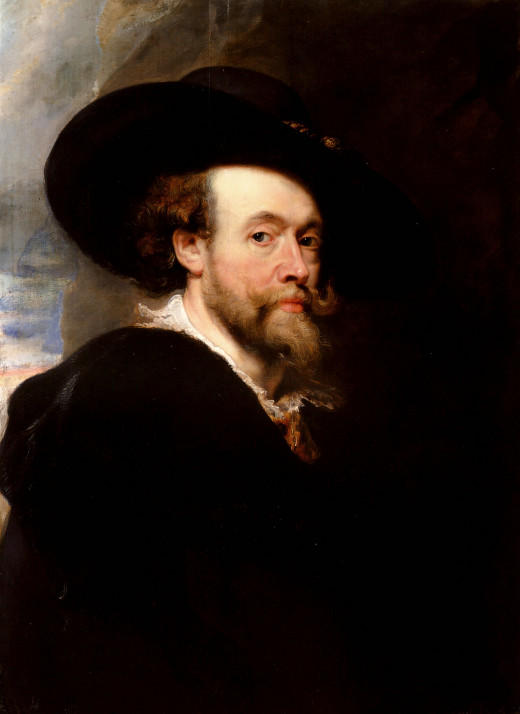
As a guard, Athos had an uncommon perspective on the inner workings of the monarchy under the regency of Marie d’Médicis. He soon grew to recognize the Concinis. Shortly after Marie became Regent, she fell almost entirely under the influence of her lady-in waiting, Leonora Dori, an Italian who arrived with Marie’s entourage. Leonora was married to Concino Concini, an opportunistic Florentine nobleman. They were soon ruling France in everything but name. Concino managed to purchase the marquisate of Ancre as well as the governments of Amiens, Normandy, Péronne, Roye and Montdidier. Eventually he became Marshal of France without any military experience. Athos didn’t know if people hated the Concini’s because they were Italian, or due to their arrogance. They were not Royal blood, yet through their influence of the Queen Regent, they effectively ruled France. They dismissed the Duc de Sully, Henri’s brilliant financial minister and allowed the royal treasury to be pillaged. The nobles hated them, and Athos thought that the only people who liked the Concinis were the Italians, particularly the Roman Catholic Church. The Protestant Huguenots were still a strong influence in many areas of France, and the Church hoped that the Italian Regent and her Italian advisors would move to stamp out the Huguenot movement.
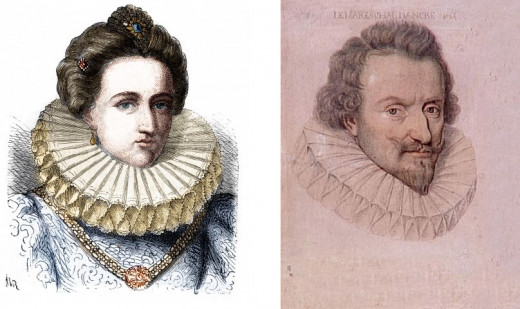
Athos could recognize many members of the nobility who frequently visited the Louvre. In his previously life as the Comte de la Fère, he rarely ventured to Paris or attended court, so he was confident that his secret would remain safe. But he could tell a nobleman on first sight. There was Hercule de Rohan, the Duc de Montbazon, who was from the mighty and powerful House of Rohan and possessed great estates in Brittany and Anjou. There was also César, the Duc of Vendôme, Beaufort and Étampes. He was the son of Henri IV and his mistress Gabrielle d’Estrées, although he was legitimized by his father. He also grew to know Henri, the prince of Bourbon-Condé. As a member of the House of Bourbon, he was a prince of the Royal Blood. It was well-known that he hated the Regent.
Athos also grew to recognize Charles d’Albert, a frequent courtier to Louis. Brought up at court, he was very comfortable around royalty. Charles was the son of Honoré d’Albert, who served Henri IV and the three kings who preceded him. He was in his mid thirties, and very good looking with arched eyebrows, a long thin nose and curly brown hair surrounding a prominent forehead. He attended Louis was he was still the dauphin, and the two of them enjoyed hunting and riding together. Athos could see that d’Albert had the prince’s ear, and decided quickly that d’Albert could be either a very dangerous man or a gentleman it would be smart to befriend.
Often Athos’ duties would require him to accompany the young King on one of his many hunts with d’Albert. Louis required guards at all time he was in public, for the assassination of his father was still fresh in the mind of many Parisians. Athos noticed that the young king was growing disdainful of the average person contrary to the ways of his father, who was very close to the common man. Athos rode close to the young King with dark curly hair during these times. He was always watching the area, mindful of his surroundings.
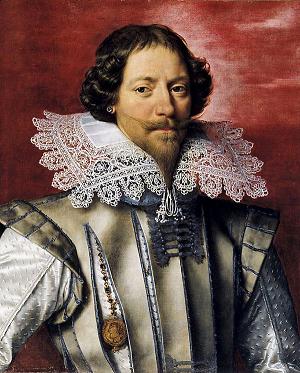
On one such occasion in 1612, Louis had a new toy. The gunsmith Marin de Bourgeoys created the first flintlock musket and presented it to the King. The weapon was effective but not quite perfected. The long barrel of the musket allowed the small ball to fly in a much straighter line than previous ballistic weapons, but it still had a slight variance and didn’t always hit its target.
As they rode, Louis spotted a white-tailed doe along the tree line. He signaled for the men to stop and be silent. Quietly, Louis raised the loaded musket in his arms and look aim. He squeezed the trigger and the musket rocketed back into his shoulder, firing the small projectile across the field, but hitting the ground two feet behind the deer. The intended victim scampered back into the trees. The king rocked back in his saddle, thrown off-balance by the recoil and he started to fall backwards. Athos instinctively leaned over and placed a steady hand on the young king’s back, preventing Louis from falling off of his horse.
The king cursed. He handed the musket back to one of his men for reloading. “Now the forest will be scared of us,” he spat, “and the chances of us finding another specimen like that will be difficult.”
“I must apologize, your majesty,” Athos said. “I would never presume to lay a hand on your person, but I couldn’t bear the thought of you falling off of your horse. I felt I would rather apologize than mourn.”
Louis nodded. “Well said. Your name?”
“Athos, your majesty.”
The King reached into his belt and pulled out a small velvet bag. He casually tossed it to Athos. Athos caught it deftly and could tell by the weight of the bag that the King had just rewarded him with twenty pistols.
“Thank you, your majesty,” he said, bowing his head.
“Athos, do you think you might have more luck with that musket?” the King asked.
“I’d be willing to try,” Athos replied.
The king nodded to d’Albert and the party moved forward. As Louis said, the small game had scattered and they trotted in silence. Finally d’Albert’s eye caught movement. He held his hand up to signal the party to stop. When the group had stopped he pointed out a small brown hare forty yards away. Athos kept his eye on the target as he reached for the musket, which was loaded and ready. Athos thought that the weapon was not nearly as sophisticated as his own Italian Wheellock musket. Unlike the flintlock, he was holding, his Wheellock had a completely internal firing mechanism, but with thirty individual precise moving parts, the weapon was only commercially viable to the wealthy. He was sure that Louis could afford one, as he could, if Louis only knew the difference. He took aim, squeezed his thighs tightly on his saddle, and braced his shoulder against the butt of the musket. A quick shot and the hare lay lifeless.
“Well done!” the King exclaimed.
“Nice shot,” d’Albert said coolly.
“What did you think of the musket?” Louis asked.
“With a steady hand, it’s an effective weapon, your majesty,” Athos replied. “It could be very useful. The ability to defeat an enemy from a distance may save many lives.”
“Perhaps a regiment of men armed with these muskets might be a useful experiment,” d’Albert said.
Athos nodded and handed the weapon back to the King’s aide. He was eager to be relieved of duty and to spend his newly acquired money. Later that evening he treated his friends André, Bertrand and Tréville to a fine dinner.
Soon after, the entire city welcomed the Infanta Anne to Paris. At the same time that Anna entered France, the Princess Elisabeth came to Spain. Athos and his friends were part of the royal entourage that greeted the Infanta. The two girls were exchanged, much like prisoners. The event happened on the Isle of Pheasants in the middle of the Bidassoa River that separates the two countries. She arrived with an entire entourage who looked very unpleased to be away from Spain, including her lady-in-waiting Dona Estefania.
By 1614, the animosity of the Regent and the Concinis had reached such a pitch, that Condé began to boldly proclaim that Louis was being misled by inferior advisors. Condé’s support grew to such a state that Marie decided to summon the Estates-General of France. It was a rare occasion to call the Estates-General as it gave an opportunity for the clergy, the nobility and the commoners—also called the Three Estates—to advise the monarchy and even create political policy. The monarchy was reluctant to call this meeting too often because they were afraid it would create an organization that met regularly and eventually obtain well-defined powers.
The regulation of the organization was complicated, perhaps intentionally. Each estate elected several deputies through a complicated system. Once elected, each deputy arrived with a list of grievances. In times past, the Estates-general was convened to provide the opportunity for the government to solicit money from the country. In return, the government would promise to address the various grievances. However, money was not the objective in this case. They wished to mollify the nobles, and to even complicate the matter further, they delayed the meeting of the Estates until after October 2nd, the King’s thirteenth birthday. By waiting until after the King had reached his legal majority, the government effectively rendered moot Condé’s point.
The Regent had another plan to influence the election of the Estates. She took Louis on a well-publicized tour of the country. As a member of the Guard du Corps, Athos and his companions accompanied the King’s party throughout France. When they arrived at Trois-Villes, they meet Tréville’s father, a recent member of the nobility. When they visited Gascony, they took leave to travel to Artagnan to visit their friend’s wife and five sons, including the youngest, who looked on them with awe and respect. The tour, along with pamphlet propaganda and bribery, was successful in influencing the elections. Of the almost five hundred deputies who attended the meeting, Condé only had a dozen supporters.
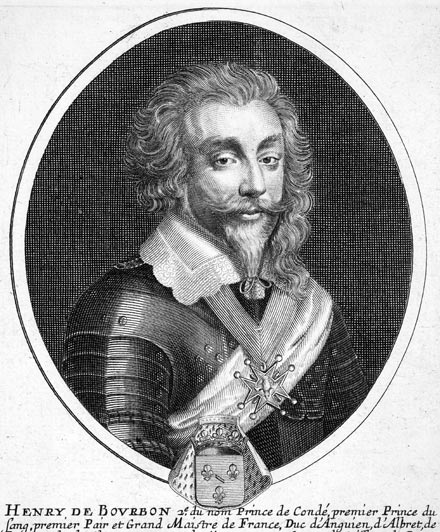
Of course each Estate had its own agenda. The First Estate, the clergy, wanted France to officially accept the degrees of the Council of Trent. The Council addressed the many questions posed by the Reformation, and condemned abuses of the past, but also confirmed Catholic dogma. The First Estate sent the Bishop of Luçon, Richelieu, as their primary speaker. The Second Estate, the nobility, was concerned with government offices, their sale and hereditary provisions, and financial abuses. The Third Estate, the commoners, was of course concerned with taxes, but also growing royal control over local matters.
The deputies were sent home with assurances that their grievances would be addressed. Many things were promised. They promised that the number of royal offices would be reduced, that their sale would be halted and the hereditary rights to those offices would be limited. They pledged to regulate pensions. They vowed to investigate financial abuses. Of all the things they promised, they didn’t do a single thing. The Estates-General of 1614 was not called to reform the government but to maintain the government. They wanted to end the session before any serious inquiry into the government’s finances or policies could be achieved.
It was a colossal waste of time, and very little came of it, with the exception of a small but significant appointment. The rising star of the Estates-General of 1614 was the Bishop of Luçon, Richelieu. Everyone expected Cardinal Sourdis to speak on behalf of the First Estate, but he preferred to allow the young Bishop to speak instead, and speak he did on February 23, 1615. After the deputies were sent home, Richelieu, who had attracted the eye of Concini, was appointed the personal almoner of the Infanta Anne of Austria. As her almoner, he was in charge of distributing the money for her charities. Not only was it an incredible opportunity for him to spread his influence throughout the Royal Court, but it provided Milady unparalleled access to many new venues.
Through the Bishop’s new contacts, Milady, still calling herself Sabiné du Luçon gathered an incredible base of intelligence in which to fuel the ambitious Bishop’s needs. Luckily, her duties kept her far away from the Louvre and away from the one man who could identify her. However, even if the former husband and wife did meet, the four years since their parting changed them immensely. Athos’ guilt had transformed him into a gaunt, humorless man, while Milady’s training transformed her into a noblewoman. Had the two met, they may have not even recognized their former spouse.
Previous Chapter
- All For One- Chapter Seven
The Next Chapter in the Three Musketeers prequel
Next Chapter
- All For One- Chapter Nine
The Next Chapter in the Three Musketeers prequel

